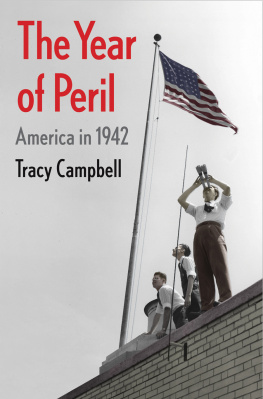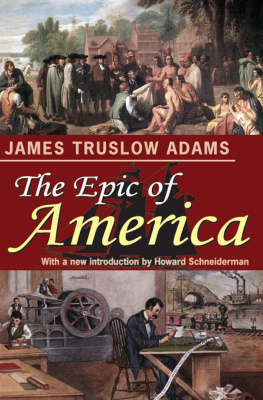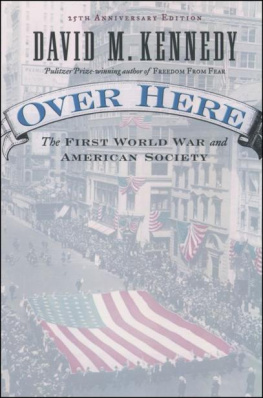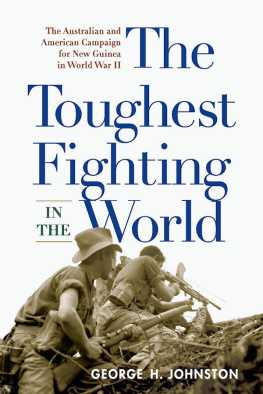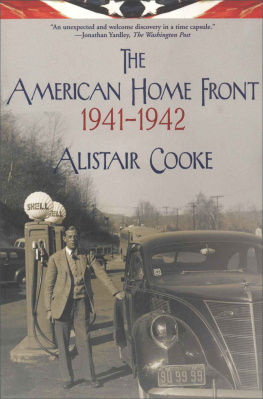THE YEAR OF PERIL

Copyright 2020 by Tracy Campbell.
All rights reserved.
This book may not be reproduced, in whole or in part, including illustrations, in any form (beyond that copying permitted by Sections 107 and 108 of the U.S. Copyright Law and except by reviewers for the public press), without written permission from the publishers.
Yale University Press books may be purchased in quantity for educational, business, or promotional use. For information, please e-mail (U.K. office).
Set in Scala type by IDS Infotech, Ltd.
Printed in the United States of America.
Library of Congress Control Number: 2019952877
ISBN 978-0-300-23378-0 (hardcover : alk. paper)
A catalogue record for this book is available from the British Library.
This paper meets the requirements of ANSI/NISO Z39.48-1992 (Permanence of Paper).
10 9 8 7 6 5 4 3 2 1
For Robin
CONTENTS
PREFACE
TWENTY-FIRST-CENTURY DATA MINING OFFERS a fascinating clue about what was at stake in the months following the attack on Pearl Harbor. Google Books Ngram Viewer is a search engine that displays the frequency with which a specific word or phrase has been used in printed material over the past centuries. It finds that one word was used more often in 1942 than in any other year since the United States was founded: more than in 1776, 1812, 1865, 1917, the years of the Depression, the Cold War, or after 9/11. The word is democracy.
It is no accident that it was on the minds of so many people in 1942, when the future of democracy at home and abroad looked bleak. Government and military leaders warned that the U.S. could suffer more attacks and faced another World War Ilike stalemate or even possible defeat. Adolf Hitler controlled much of Europe and the Atlantic, and Japanese forces dominated the Pacific. Nations that could be described as genuinely democratic were in increasingly short supply. In 1926, twenty-nine democracies had existed; by 1942, only twelve remained. Two years earlier, Winston Churchill had warned: If we fail, then the whole world, including the United States, will sink into the abyss of a new dark age.
I began thinking about this book in September 2008, when the world was on the brink of another abyss. The financial crisis was unfolding and the nations economy teetered on the verge of collapse. Barack Obama and John McCain left the campaign trail to attend an emergency meeting at the
To save the financial system, on October 3, 2008, President Bush signed into law the $700 billion plan known as TARP (Troubled Asset Relief Program). The actual name of that legislation, the Emergency Economic Stabilization Act, recalled a moment when another president acted to provide stability to a precarious economy. To stave off runaway inflation in a time of unprecedented military spending, President Franklin D. Roosevelt signed Executive Order 9250, establishing the Office of Economic Stabilization. FDRs order stipulated that it was necessary not only to fight the vast dislocations that threatened the war effort, but also, in language that could have been borrowed from 2008, to protect our domestic economic structure. Remarkably, he signed that order on October 3, 1942, sixty-six years to the day before Bush signed TARP.
The hammer-like blow to the national psyche brought by the Japanese attack on Pearl Harbor on December 7, 1941, is hard for modern audiences to fully appreciate. It was a singularly terrifying event in the life of the nation, one that presented dark scenarios that seem out of a dystopian novel. Beyond the immediate concerns about whether we would win the war, which Roosevelt had called the Survival War, other questions arose. Could the nation unite in ways that transcended partisan, regional, racial, and ethnic divides? Would unprecedented spending bring ruinous inflation? Could democratic forms survive the necessities of total war?
Waging war simultaneously in Europe and over the vast Pacific required a collective effort in which the life of virtually every American was suddenly transformed. For some, it meant leaving home to serve and perhaps die in battlefields abroad; for others, it meant working in a defense plant or participating in scrap metal or rubber drives, buying war bonds, or contending with rationed food and gas. Americans were forced to confront terrifying realities in the early weeks of 1942. The attack on an American naval base demonstrated that the United States was no longer invulnerable to enemy invasion. What could be next?
Yet the hindsight of history has glossed over any sense of imminent catastrophe and reminds us of a more heroic era. When we think of the early days of World War II, it is customary to see it as a time of national unity, when petty divisions were quickly overcome by the desire to defeat a common enemy, and American society was led, in Tom Brokaws words, by the greatest generation any society has ever produced. Nostalgic memories of the early 1940s are reassuring because we know the outcome: the good guys prevailed. As time passes, even some essential facts of the war are fading from public memory. In a 2018 poll, over 60 percent of respondents in a citizenship survey could not identify the nations that the U.S. fought in World War II.
Rather than reading history backwards, this book explores the year 1942 as it unfolded. We cannot, of course, erase from our minds the knowledge that the Allies would secure an unconditional victory in 1945; but we can better appreciate the severity of the national trauma if we see the year as the people alive experienced it. While some of that years developments will sound familiar, others may seem alien to modern readers. In January, the last cavalry charge on horseback in U.S. history occurred in the Philippines; in December, the first sustained nuclear chain reaction took place under the football stands at the University of Chicago. In January, FDR proposed to spend $59 billion in the upcoming year, a figure larger than the nations gross domestic product three years earlier. By years end the highest federal tax bracket had increased to 88 percent. Coffee and gas were rationed, and federal employees regulated the price of everything from steel and lumber to biscuits and pork bellies. Bureaucrats deep within the corridors of power secretly discussed the nationalization of all private automobiles and taxing church property. Some large department stores, in an effort to discourage hoarding and black-market inflation, implored shoppers not to buy too much, admonishing them to forego extravagance and focus on what you really need. In these remarkable months, some considered what kind of society they wanted if the nation survived. If anything, it seemed certain that fundamental changes were on their way.
Yet in other ways, the world of 1942 was not so different. Many lamented the inadequate educational standards of public schools, the irresponsibility of teenagers, the inefficiency and overreach of government bureaucrats, endless spending and unprecedented government debt, and the inability of the nations leaders to take the fight to the enemy. Charges of obstructionism and incompetency were often hurled at Congress and the administration, while rumors and misinformation spread like a contagion.
A fundamental premise of this book is that we can best understand a society by seeing it under its greatest stress, when its very existence is in peril. The stress that was omnipresent throughout the year revealed some of the bestand worstcharacteristics of the United States. Every walk of life was disrupted, and many worried that new forms of terror could come to any town or community. At no time since the Civil War had the United States been more threatened than in the months following the events at Pearl Harbor.
Next page
